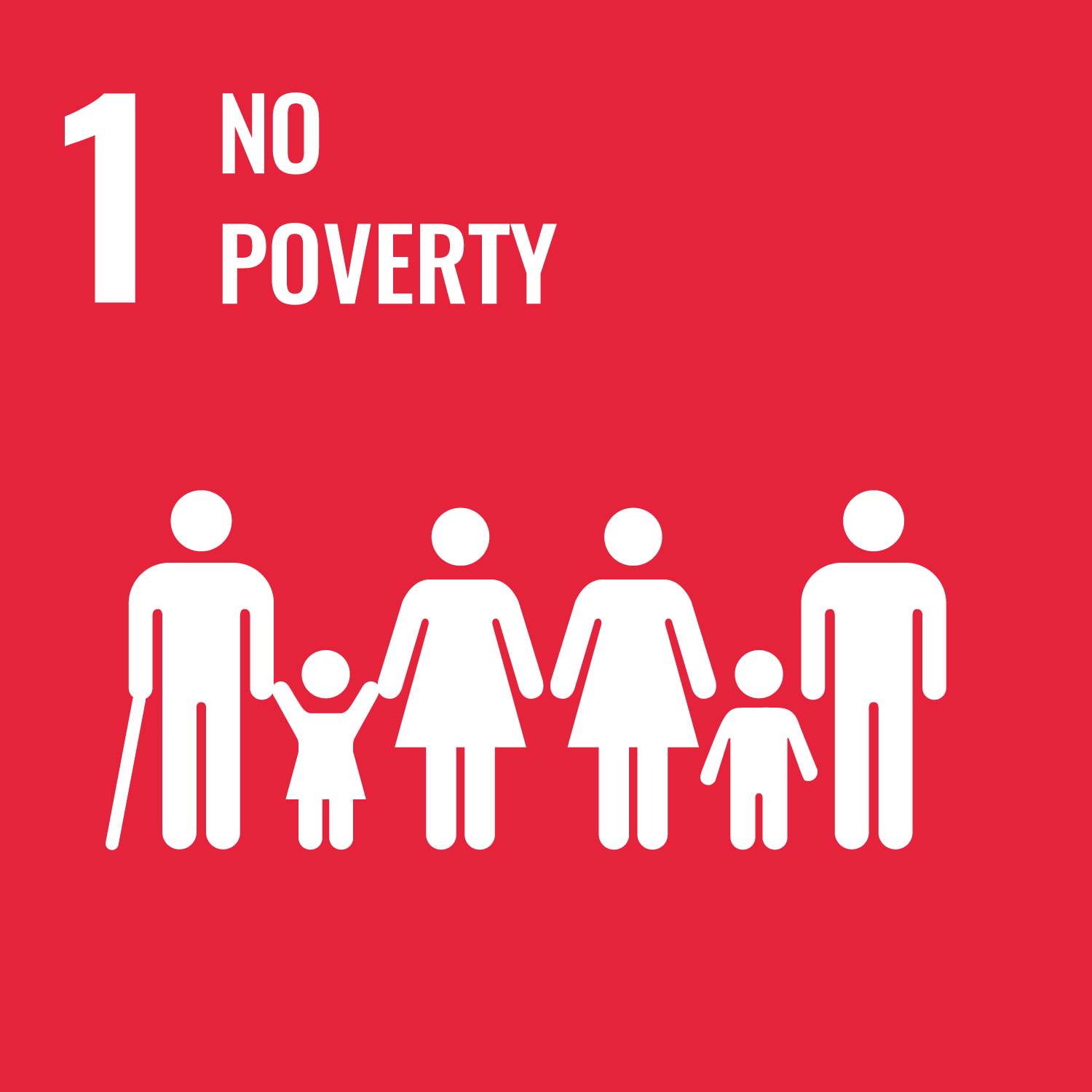
A safe bridge
You’ll need
- Access to water
- Sticky tape
- Permanent markers
- Craft materials (for example, tissue paper, pipe cleaners, stickers)
- Something to protect surfaces (for example, newspaper or tablecloths)
- Paper cups (one per person)
Before you begin...
- Explain that we’ll be exploring the topic of homelessness. There are no right or wrong answers today and everyone should be listened to and respected throughout the session.
- Everyone should get into small teams of the same number.
- In these teams talk about these questions:
-
- Why do you think people and families can sometimes become homeless?
- Do you think homelessness should exist? Why/why not?
- What types of homelessness are you all aware of?
- Who should end homelessness and why?
Play the game
- Hand out the pens, cups, tape and paper clips to each team. Make sure everyone has a cup.
- Ask everyone to think of their cup as a home.
- Explain that we all deserve a decent home. This is more than the basics of somewhere dry to live. Ask the team to call out something that’s important in a home and why?
- Everyone should write four or five things on the outside of their cup that they think are important in homes. It doesn’t matter if these are similar.
- Now that they have their ideal homes, challenge each group to create a bridge to hold as many paper cups on it as possible.
-
- The bridge must be at least 20cm above the surface it’s on.
- It must be self-supporting using only the materials provided.
- At the end of the task the bridge must stay standing.
- Explain that the bridge now represents a stable home life and that water is going to be poured into their cups to fill them up to indicate what would happen if suddenly, the bridge met extreme pressure.
- Each team places their cups on their team’s bridge and gradually fill each individual cup a quarter of the way, then half, and then to the top.
- If a bridge collapses, explain that if lots of pressure builds up, a worst-case scenario is that someone could become homeless.
- If a bridge doesn’t collapse, explain that with the right support and structures in place it’s possible to deal with difficult situations (but this isn’t always the case).
- Using the facts about 'Ending homelessness' below discuss what support is available to help us achieve the goal of ending homelessness?
About Crisis
Crisis is the national charity for homeless people. We help people directly out of homelessness, and campaign for the social changes needed to solve it altogether. We know that together we can end homelessness. Homelessness isn’t inevitable. In England in the early 2000s we dramatically reduced the number of people sleeping on our streets, and there are countries and cities around the world which have rapidly reduced and even ended some forms of homelessness. But, if we do nothing, more people will be without a place to live and we’ll all lose out. Homelessness has a huge human cost but also a financial one.
Last year Crisis published a plan to end homelessness. The plan presents the practical solutions needed to end homelessness in Britain. These were underpinned by evidence and examples of the change that needs to happen. The plan was targeted at the politicians and decision makers who can make its aims a reality.
In order to achieve changes in policy, that will lead to an end in homelessness, we need the general public to support them. While there is strong evidence across Britain that the public is demanding a better response from governments, there is also a cynicism about what can be achieved. Too many people believe that homelessness is a product of poor choices. We therefore must change the way we communicate our issue to emphasise the solutions to it.
We can end homelessness for good. This doesn’t mean that no-one will ever lose their home again, but that everyone facing homelessness gets the help they need quickly. It means making sure we all have a place to live, and together doing everything we can to stop people from losing their homes in the first place.
About the Simon Community
Simon Community NI is Northern Ireland’s leading homeless charity. We help over 3000 people every year across 22 projects throughout Northern Ireland with a staff count of 300 and 50 volunteers. We work without judgement to support people who are, or are at risk of, becoming homeless.
We offer specialist support services in your local area including homelessness prevention, accommodation services, health, well-being and practice development and young people support services.
Why support ending homelessness?
Everyone has the right to be treated with dignity. Living with dignity means having decent housing. Let’s commit to protecting this essential human need. Right now, hundreds of thousands of people in our country are homeless – forced to sleep on friends’ sofas and floors, live in crowded or unsafe places, sleep on buses or in cars or even stay out on the streets. We can do better.
Homelessness today
There are more than 170,000 families and individuals across Great Britain experiencing the worst forms of homelessness. This includes people sleeping on the streets, staying with family and friends on floors or sofas, staying in hostels, and or stuck in other dangerous situations. Homelessness is rising, but we know it can be solved.
- There are at least 38,000 young adults under the age of 25 experiencing homelessness, with almost half of this group sofa-surfing. There are also at least 4,200 homeless people aged 65 or over.
- The total also includes over 20,000 households in England and Scotland who are stuck in unsuitable temporary accommodation such as B&Bs and nightly-paid hotels – a number that has doubled between 2012 and 2017, mainly driven by rises in England.
- England: Rough sleeping in England (not GB) has increased by 165% since 2010. Based on the count or estimate from each local authority, the figures show that 4,677 people slept rough on a single given night in September to November 2018.
- Scotland: Reductions in homelessness across Scotland have stalled. Whilst rough sleeping and homelessness have remained relatively stable over the past three years, high numbers of people are remaining stuck in temporary accommodation, including bed and breakfasts, preventing people from moving on from homelessness.
- Wales: Rough sleeping was slightly up in Wales in 2018 compared to the previous year, with the Welsh Government's national rough sleeper count showing a 1% rise.
Causes of homelessness
- People lose their homes when the rising pressure from high rents and low incomes becomes too much. Without government support, a sudden increase in pressure, like losing a job, becoming ill, or leaving home to get out of an abusive relationship, can quickly force people into homelessness.
- For far too long, the instability and rising costs of private renting, coupled with the huge disparity between housing benefit payments and rising rents, has been pushing more and more people into homelessness – particularly those in the most vulnerable circumstances.
- Many people become homeless because they can no longer afford the rent. Across the country, people are struggling to keep their heads above water - often because of cuts to benefits and a lack of genuinely affordable homes.
Solutions to homelessness
- Somewhere stable to live for everyone who’s homeless: That means sufficient housing for everyone who is homeless, including more social housing for homeless people; and the legal entitlement to rehousing for everyone.
- The support people need to keep their homes: Such as benefits that meet the true cost of housing; sufficient funding for local councils to rehouse people quickly and give people the support they need to stay housed, from debt advice to mental health support; and more security for tenants renting their homes privately.
- Action to prevent homelessness: Everyone at immediate risk of homelessness needs help to stop it happening; and no one should leave state institutions such as prison, hospital, the army or the care system without a home to go to.
Other resources
- Watch this video about how we can be the generation to end homelessness.
- Read Crisis' interactive plan to end homelessness.
- Listen to Sharon's story.

This activity helps contribute towards some of the UN's Sustainable Development Goals. Find out more about the SDGs, and how Scouts across the world are getting involved.



Reflection
This activity explored caring for others by understanding more about why someone might become homeless and how fragile our homes can be. In groups or as a whole, discuss the following:
- Name points where you think people sit at the brink of homelessness, ie just before the pressure is too much, and the bridge breaks. (This could represent people with insecure jobs, not much money, short term rental contracts, health or mental health challenges).
- Most of us have our family or friends for support if we were ill or had nowhere to live, so not everyone is at risk of homelessness. How did it make you feel to know that some people don’t have a safe or secure place to call home or support needed (like your bridge) when the pressure of something unexpected happens?
- Most people can cope with one or two unexpected pressures but when pressure is constant, it can build up and push someone into homelessness. Can you think what these might be? For example, if your rent goes up but your income doesn’t, or the cost of running your home goes up because of electricity bills, or a broken boiler puts further strain on your money.
- We all need a decent home. Not just the basics. What does home mean to you?
Safety
All activities must be safely managed. You must complete a thorough risk assessment and take appropriate steps to reduce risk. Use the safety checklist to help you plan and risk assess your activity. Always get approval for the activity, and have suitable supervision and an InTouch process.
- Scissors
Supervise young people appropriately when they’re using scissors. Store all sharp objects securely, out of the reach of young people.
- Rubbish and recycling
All items should be clean and suitable for this activity.
Make it accessible
All Scout activities should be inclusive and accessible.
Draw a world without homelessness and share it with your team. Give it to your leader to share on social media.




